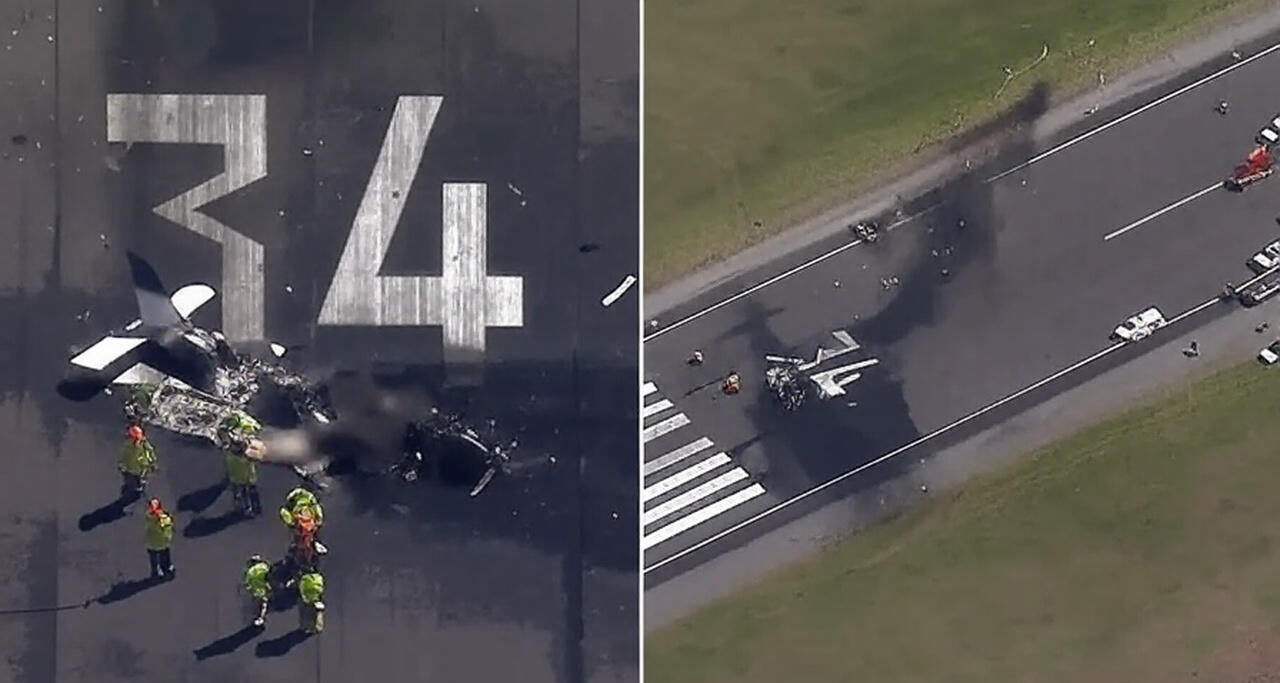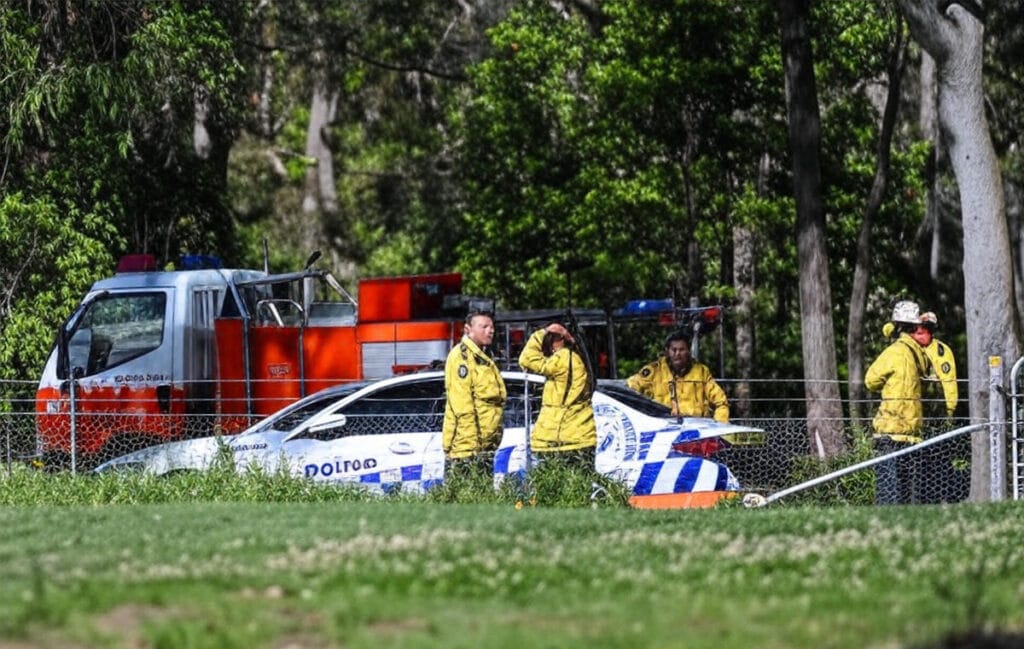
At 08:25 PM PKT on Saturday, October 11, 2025, a devastating Sydney Plane Crash near Bankstown Airport, south of Sydney, Australia, resulted in three fatalities, jolting the aviation community and local residents. The incident, occurring shortly after takeoff around midday AEDT, involved a light aircraft that crashed violently onto the airport grounds, sparking a fierce fire that hindered rescue efforts. As the Australian Transport Safety Bureau (ATSB) initiates an urgent investigation, this Sydney Plane Crash 2025 underscores critical safety concerns in general aviation. This detailed article provides the latest updates, eyewitness insights, investigative progress, and expert solutions, establishing newsflayer.com as your premier source for Sydney Plane Crash 2025 coverage.
Incident Breakdown and Immediate Aftermath
The Sydney Plane Crash occurred at Bankstown Airport, a bustling general aviation hub 27 kilometers southwest of Sydney, known for its training flights. The crash happened at approximately 12:00 p.m. AEDT, with the plane losing control during ascent and striking the perimeter.
What Unfolded
Eyewitnesses reported a sudden engine surge followed by silence before the light single-engine plane crashed. The impact ignited a blaze, fueled by aviation fuel, which engulfed the wreckage. A Rural Fire Service (RFS) crew, training nearby, arrived within five minutes but could not access the occupants due to the fire’s intensity, which was contained by 12:30 p.m.
Casualties and Response
All three onboard—likely the pilot and two passengers—perished, with identities withheld pending family notifications. No ground injuries occurred, though the airport closed temporarily for safety assessments. New South Wales Police, Fire and Rescue NSW, and ATSB personnel secured the site, launching a probe as of 08:25 PM PKT.
- Aircraft: Light plane (model pending ATSB disclosure).
- Weather: Clear skies, mild winds—weather not a factor.
- Response: Rapid containment within 30 minutes.
Sydney Plane Crash 2025

The ATSB, alongside the Civil Aviation Safety Authority (CASA), has deployed experts to analyze flight data, wreckage, and witness accounts. As of 08:25 PM PKT, no official cause is confirmed, with initial focus on mechanical issues or pilot error for the Sydney Plane Crash 2025.
Sydney Plane Crash 2025
Investigators will review maintenance logs, pilot training records, and air traffic communications. Bankstown’s urban proximity may prompt a safety protocol review, given its high training traffic. Updates are anticipated within 48 hours, per ATSB standards.
2025 Aviation Context
This marks Australia’s third fatal general aviation crash in 2025, following a March Queensland mid-air collision and a July Victoria incident. The International Civil Aviation Organization (ICAO) reports a 15% rise in light aircraft accidents this year, often tied to aging fleets and pilot shortages, framing this Sydney Plane Crash 2025 within a broader trend.
Implications for Aviation Safety
This Sydney Plane Crash 2025 highlights vulnerabilities in general aviation, which accounts for over 90% of aviation accidents despite minimal passenger volume. It necessitates a reevaluation of safety standards.
Sydney Plane Crash 2025
The tragedy may erode public confidence, impacting tourism and flight training enrollments. Qantas and other carriers have reaffirmed safety measures, but analysts predict a 10–15% rise in private pilot insurance costs following the Sydney Plane Crash 2025.
Lessons from 2025 Incidents
Recent crashes offer insights:
- Potomac River Collision (January 29): 67 deaths led to FAA reforms.
- Air India Flight 171 (June 12): 260 fatalities spurred procedure reviews.
- Wyoming Crash (September 2): Highlighted terrain technology needs.
- Human Error: NTSB data shows 70% of crashes involve human factors.
Preventive Measures and Expert Solutions

As the investigation progresses, stakeholders advocate for reforms to prevent future Sydney Plane Crash 2025 incidents, blending technology and policy.
Technological Innovations
Emerging tools include:
- AI Analytics: Pre-flight anomaly detection, reducing failures by 40%.
- Drone Surveillance: Real-time perimeter monitoring.
- Pilot Wearables: HUD-integrated decision-making support.
Policy and Training Enhancements
Recommended actions:
- Stricter Inspections: Annual checks for aircraft over 20 years old.
- Advanced Training: Mandatory simulator hours for novices.
- Public Education: Awareness campaigns near airports. ICAO projects a 20% incident reduction by 2030, offering hope post-Sydney Plane Crash 2025.
Honoring Victims, Securing the Future
The Sydney Plane Crash 2025, claiming three lives at 08:25 PM PKT on October 11, is a tragic wake-up call for aviation safety. As the ATSB uncovers the cause, the industry must honor the victims with robust reforms. Affected families can seek support via the ATSB hotline (1800 020 616). Stay informed with newsflayer.com—subscribe for real-time Sydney Plane Crash 2025 updates and expert analysis. Share your thoughts in the comments to join the dialogue.





